From Lucas: Goodbye, Windows Phone! You will be missed...
11 min. read
Published on
Read our disclosure page to find out how can you help MSPoweruser sustain the editorial team Read more


Those who are following me on Twitter might already know; those of you who are not will learn it now. I have ordered an iPhone and it is expected to arrive this week already.
Those are very provocative words to post on a Windows (Phone/mobile) centric website. That is why I really did not know whether I should write this post or not. However, ironically a post from our colleague Jason over at Windows Central has made me decide to write this.
I am not trying to convince anyone to follow my steps and I am not trying to badmouth Microsoft, Windows 10 or Windows 10 mobile in any way. In fact, even if I will end up liking the iPhone (which is not certain just yet!) I will not leave the Windows ecosystem! I really love my Xbox One, and I even more enjoy Windows 10 on my ultrabook. I think Windows 10 is a fine piece of software. I like it a lot and I have absolutely no reason to not use it. Also, I am already all in inside the ecosystem. I use Outlook on a daily base, I use OneDrive, Xbox Live and I just recently acquired a Microsoft Band. I am inside the Microsoft ecosystem and I am here to stay. I want you to keep those words in mind while reading this article.

Unfortunately however, I have figured for myself that Windows on phones does not longer fulfill my needs.
I loved Windows Phone and I still love it today. It is the OS that fits my demands on a smartphone the best. I am not an app guy and I want to get things done – but not on a “business-ish” way. I am just not consuming (for instance apps) as much as the average smartphone user. That has always been the reason why I could easily ignore the so called app-gap. Sure, there have been apps which I would have liked to try out and which I wanted to see on the platform. A good example is Snapchat. But at the end of the day I did not care too much because I knew I had a smartphone that let me do the stuff I want; and it let me do that in an easy way. I liked the consistent experience not only inside the OS, where everything simply looked the same, but also between my devices.
Actually, no, I did not like that. I loved it. As someone who is very detail-orientated, who needs to have everything tidied up and clean this was the dream.
Up until Windows Phone 8.1 Windows Phone was exactly this. Everything just worked, there were basically no optical bugs or inconsistencies. One might argue that it was not the prettiest (I do not; I still love the “metro” design!) but one cannot say that it was not consistent. It was a masterpiece of greatly thought-through design!
Anyhow, let’s get back to the apps for a second. The thing is that Windows Phone did not need to be an app platform. The people-centered idea behind it was easily able to compensate the app gap. Sure, it was always nice to see big apps come to the platform and there certainly were apps I would have loved to use, but Windows Phone did not have to rely on those apps. It needed them, yes, but they were not essential to the platform. Windows Phone was not Android or iOS. Android and iOS were and still are app-centered platforms but Windows Phone was not. That was what made it stand out of the crowd. You really should check out Jason’s article; he puts my feelings about Windows Phone in words possibly better than I ever could!
Then Windows Phone 8.1 came and it was already visible where Microsoft is heading towards: an app-centered platform. The social integration in the people hub has been replaced by an app integration. That has made the people hub stand and fall with the apps. In other words: The people hub has been made rely on apps. Entirely. Fully. A hundred percent. In the middle of a situation where it has already been clear for quite a long time that Windows Phone and 3rd party support are not best friends.
More than this, almost all the unique Windows Phone features have been abandoned. The games hub, the photos hub, and with the introduction of Office Mobile for Android and iOS basically even the Office Hub.
Microsoft argued that the app-centered model was necessary to make the platform grow faster, but was that really necessary? Look at it like that: Instead of having Microsoft make their own engineers update the social integration in the people hub to match the standards it fully abandoned it and made 3rd party developers responsible for it who, as we already knew back then, did not want to be. Better update those things slowly than not at all I guess… I will get back to this later.
But I was optimistic and thought that the app integration in the people hub might be the right way to go – and I still had my me-tile. It was not as functional as before but it was okay since the new action center freed it from some of its tasks.
Also gone was the nice photos hub but well, at least the new photos app made me access my photos more quickly.
However, something else changed. The high-quality, very beautiful façade of the OS started to break down slowly. Instead of having a consistent and well designed system, the first small inconsistencies and weirdnesses started to occur. Of course these were minor in Windows Phone 8.1 but Windows 10 showed that Microsoft simply did not care anymore – but I am going too far just yet. Sometimes there were splash screens for apps, sometimes not. Sometimes apps closed fully when being exited with the back button, sometimes not. As I said, minor things, but the “one experience” philosophy, as I like to call it, where everything looks and works the same way, the high-quality UI and the simply great experience started to fade.
Especially the music app was a disaster. Even today I am still left with a music app experience on my Lumia 1520 (still talking about WP8.1) that could easily be a beta app made by a third party developer; but it is made by Microsoft, the world’s largest software maker. Also, the MSN apps have not been updated to support a fully bug-free scaling on the Lumia 1520 (Windows Phone 8.1 scaled everything down for the 6” phablet) so the users have been left with blank bars right above the navigation bar. Not a problem usability-wise, but ugly and a sign of bad quality. Look at these screenshots in full resolution, examine the icons and the navigation bar and see yourself. Note: These screenshots represent the current version of their apps. However, at least the quantity greatly improved in WP8.1.

Meanwhile Windows 10 mobile was in development. That was probably the reason why the quality of Windows Phone 8.1 has not improved on my Lumia 1520 but I think the world’s largest software maker should be able to make their existing OS great WHILE developing the next version of it. I paid 650€ for that phone, I can very certainly expect that. Basically Microsoft was continuing that “the next update will fix it” policy they have been doing since the beginning of Windows Phone 8.0.
Another year passed and Windows 10 came out. I was excited to try out the early previews and I was excited to follow the new OS through its up growing. I was disappointed when I saw the first results but became optimistic shortly after when Microsoft claimed that there are still lots of things to be changed. As months passed by, however, the experience did change, just not enough.
After all Windows 10 mobile made me say goodbye to Windows Phone; for several reasons.
I have reported about design inconsistencies in Windows 10 mobilea lot before and I am not going to explain them again. It is just that for a detail-orientated guy like me Windows 10 mobile is a disaster. The design is inconsistent in its whole existence. Microsoft, either you go with pivots or a hamburger – or even better: you find a way to mix them (oh, you did; look at your MSN apps, they are great. So why can’t you use this UI everywhere?). Just go with one solution. You did not even manage to make all apps have the same background color; some are grey, some are black.
Urgh, seriously, I am fed up. Look yourself, you will find different UIs for different parts of the OS everywhere in Windows 10 mobile, just open your eyes. It has improved but not to a really satisfying degree, at least for me.
More than this, Windows Phone has shifted from a people-centered OS to an app-centered OS. It is a “me too!” OS now. The consumer can now choose between three app-centered mobile phone OSes, of which only two actually do a good job at being app-centered OSes. Can you guess which? Hint: Microsoft makes neither of them. For me this is the most important argument. I do no longer have a unique phone OS but something which I will find with a better experience somewhere else. I will come back to this very soon.
Additionally, Microsoft has opened its ecosystem. That is good and bad at the same time. Good for me and in some way for Microsoft too. I can fully integrate my new phone into my existing Microsoft ecosystem. However, this makes Windows mobile lose one more argument to stay with the platform. More dramatically than this it even seems that when you want the best Microsoft service experience you better not get a Windows phone. Probably this has changed with Windows 10 mobile but it was going on for almost a year. Why should I believe that Microsoft will not let me stand in the rain for one more year when they are working on the next version of the OS? You get the point.
Last but not least Windows 10 mobile has almost zero uniqueness. Tell me one feature that is not live tiles that makes Windows 10 mobile shine out from the masses. Universal Windows Platform and continuum? Let me quote Jace from our team on that one:
Right now continuum is a mixed bag. Revolutionary? Yes. Earth Shattering? Not at the moment. Right now I feel like continuum is a proof of concept. It’s amazing to use in certain scenarios, and you can be amazingly productive with a 950 and continuum in tow. However, the Universal Windows Platform doesn’t quite execute yet. I had a conversation with our developers about why Facebook is a UWP application, but doesn’t look exactly as it does on the desktop. I feel like if you have to explain it to people, you’ve missed the mark.
I am left with two choices. Stay with Windows mobile, a new app-centered OS that is yet to establish in the market. Or I switch to an app-centered OS that has already established. I chose the latter. Because to establish a new OS in the smartphone market you need something unique, only then the apps will come and push it even further. If you, however, try to establish an OS by making it rely on apps that do not exist and apps only come if an OS is already more or less established, I am sure you will fail. There is no room for another app-centered OS.
I am not sure eventually Windows mobile will work out for Microsoft. I am not even sure Microsoft is. I might end up coming back, who knows. Nobody can see the future. I, for now, decide to leave the platform. Mainly because Microsoft has been telling me “it’s getting better, wait for the next update” since the Lumia 920 now and while it looked like it is getting better at first, the end result does not satisfy me. Heck, of course I do not know if the iPhone 6s Plus will satisfy me. I might end up returning it after two weeks if I do not like it. May happen, who knows. Also, I am very certainly not saying that the iPhone is the perfect alternative. I will miss features of Windows (Phone/mobile), for example the Live Tiles and the camera features like rich capture. But mostly I will miss Windows Phone…

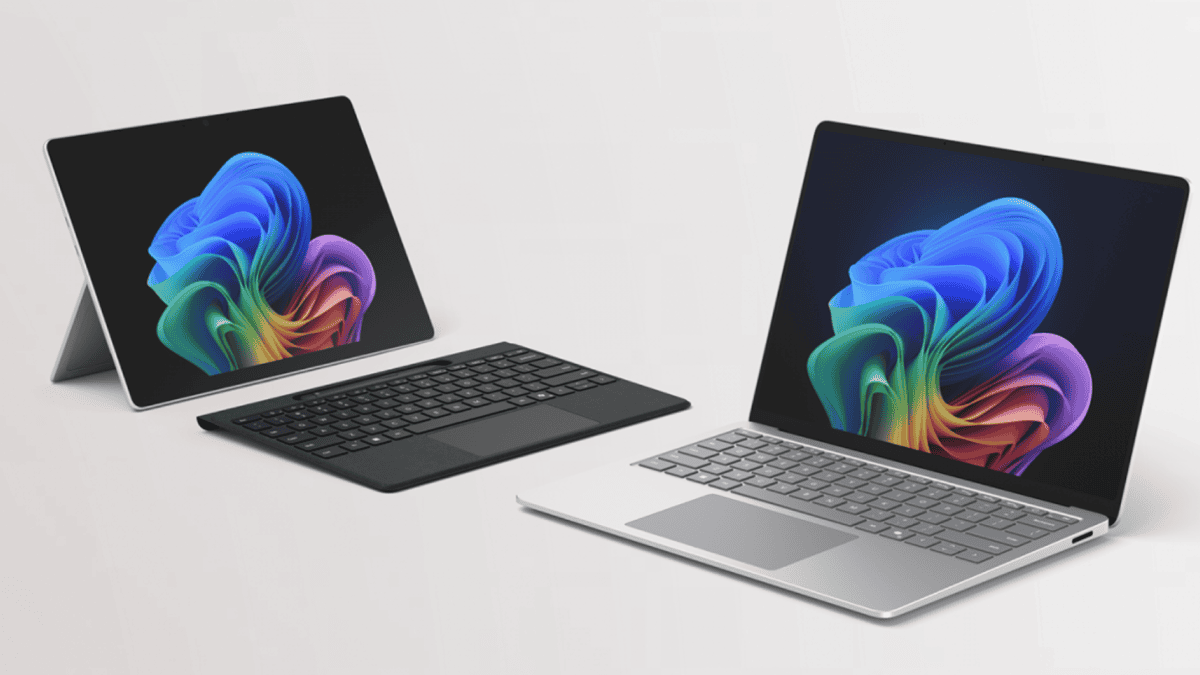

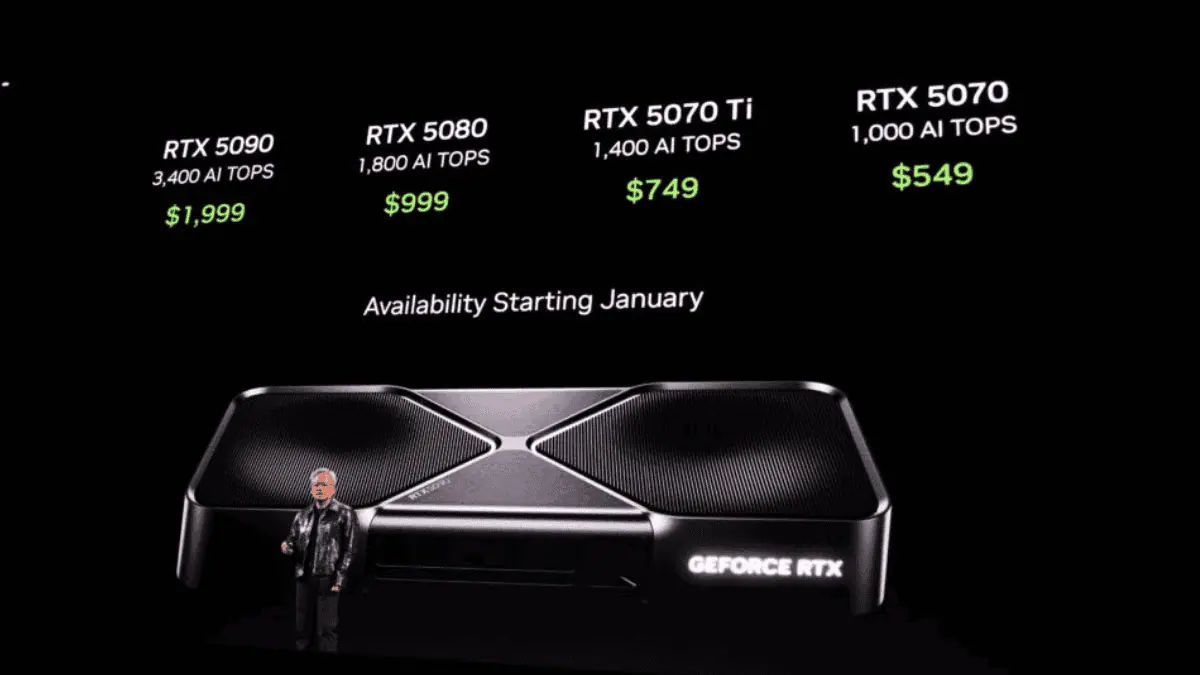
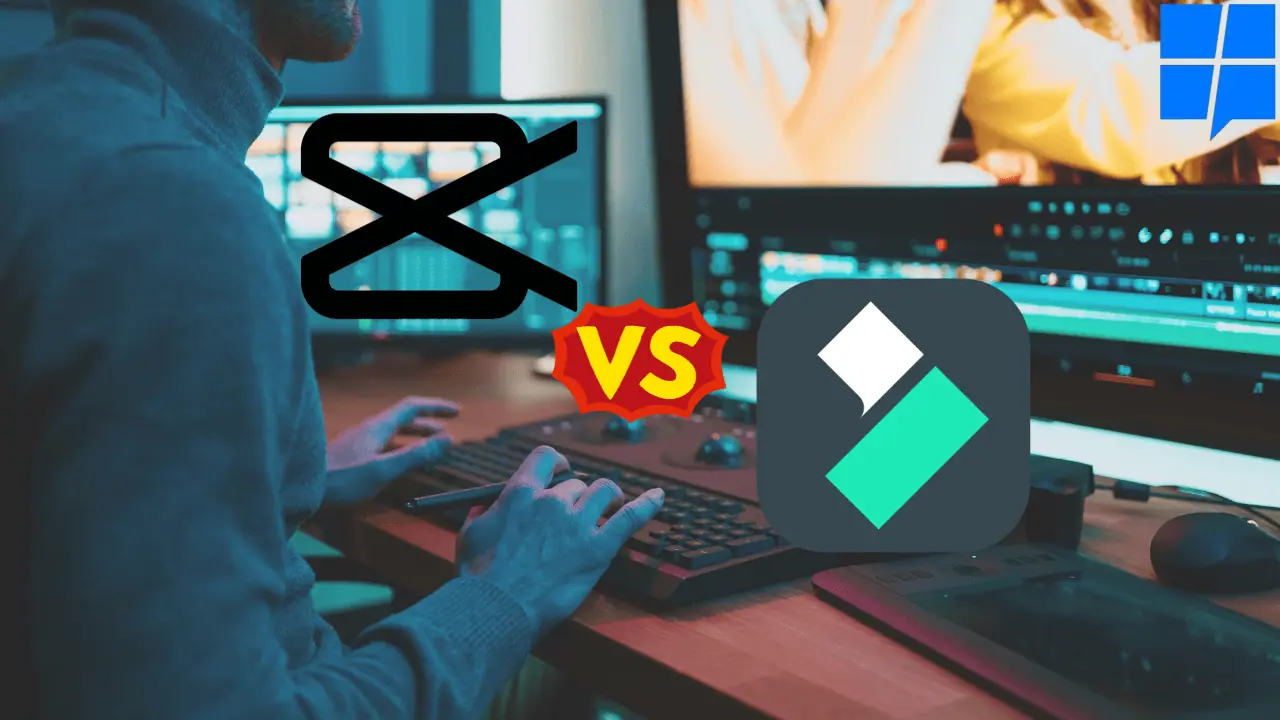
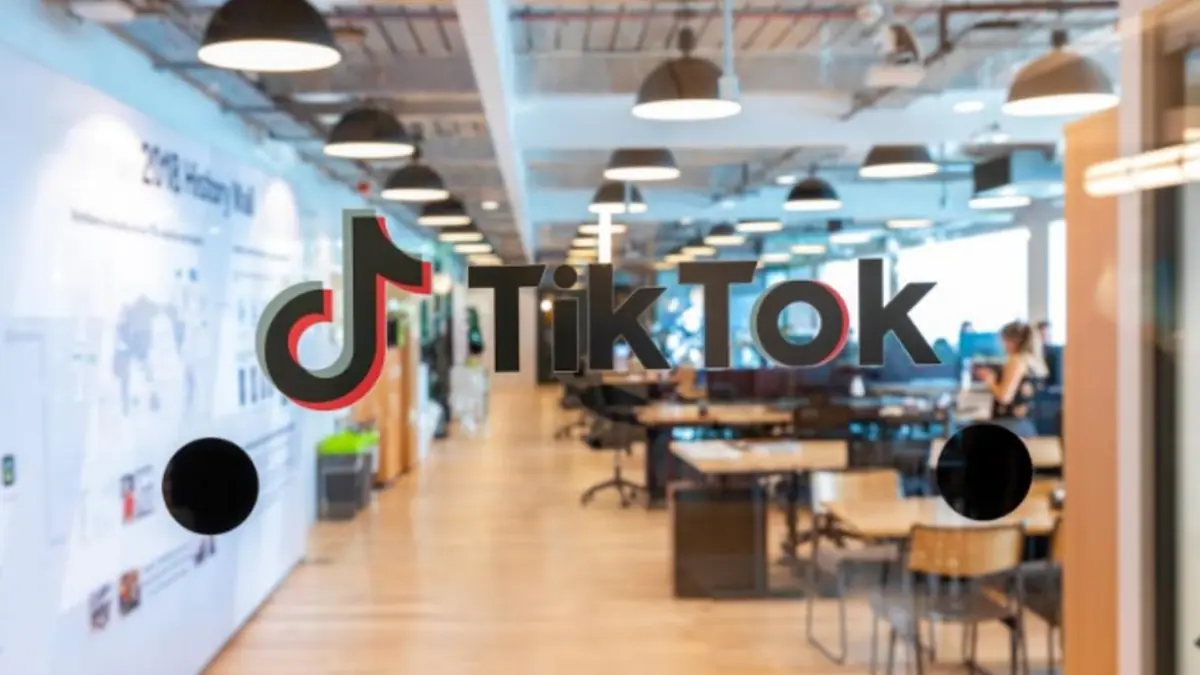


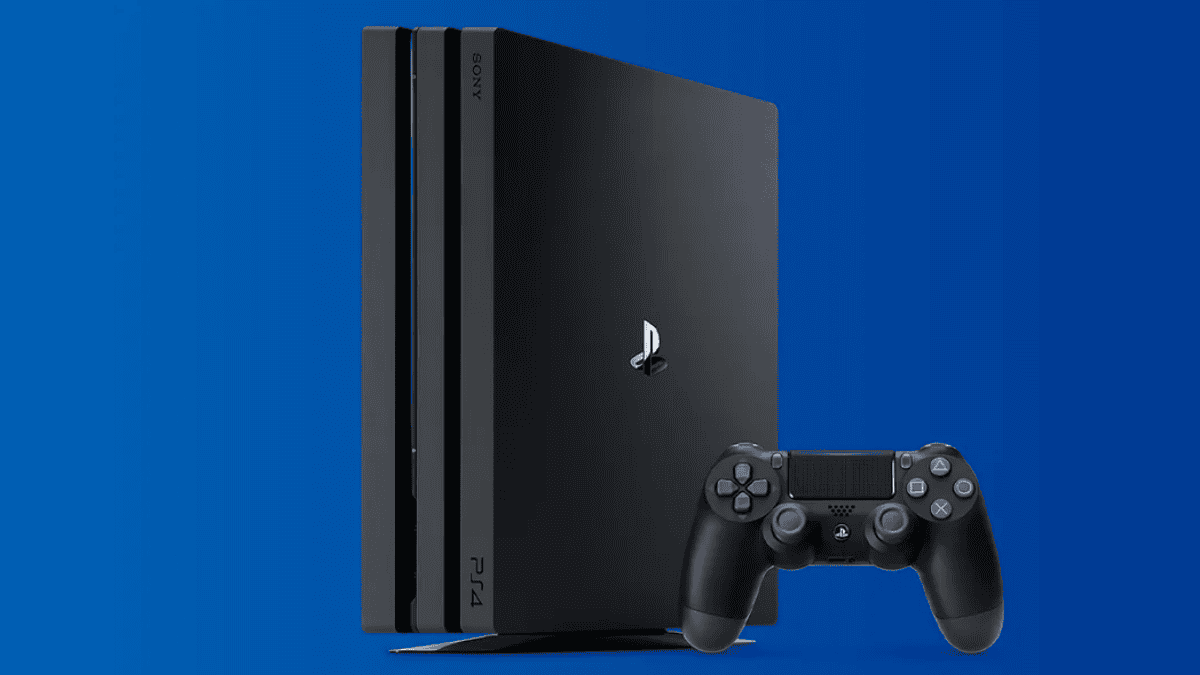
User forum
0 messages